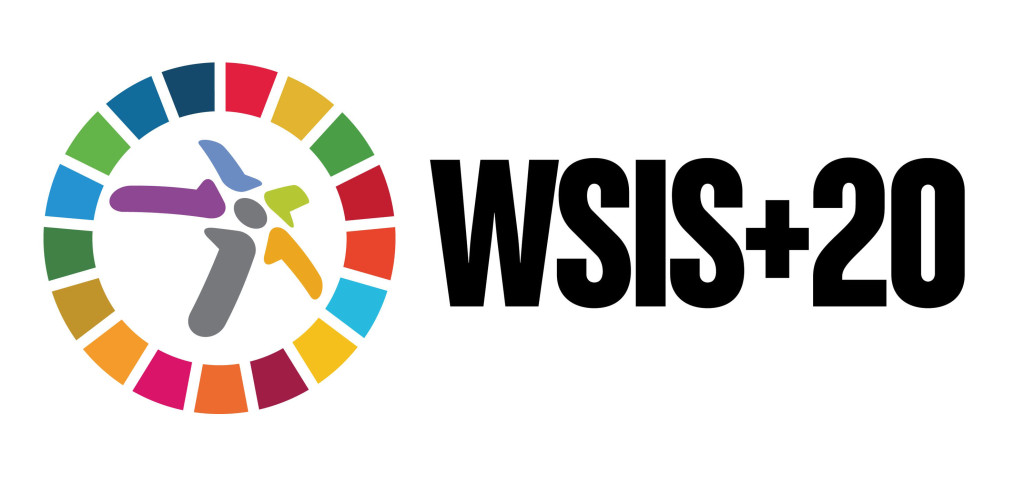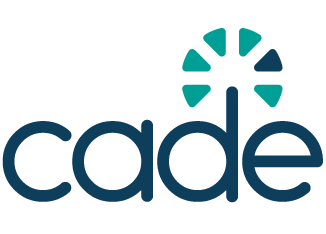APNIC urges stronger global cooperation and technical investment at WSIS+20
At the UN WSIS+20 consultations in Geneva, the Asia Pacific Network Information Centre (APNIC) called for renewed multistakeholder cooperation, greater investment in technical capacity, and stronger commitments to bridge digital divides through IPv6 and community networks.

The Asia Pacific Network Information Centre (APNIC) has called on governments and international organisations to reinforce the global multistakeholder model of Internet governance as part of the ongoing World Summit on the Information Society (WSIS+20) review.
Speaking at the UN consultations with stakeholders and member states on 13 October 2025, APNIC’s Joyce Chen welcomed the publication of the WSIS+20 Zero Draft and said the upcoming review marks a defining moment for the future of the internet.
‘As the regional Internet registry for the Asia-Pacific, APNIC remains committed to the WSIS vision of inclusive and sustainable digital development,’ Chen said, emphasising that effective governance requires the meaningful participation of governments, civil society, business, academia, and the technical community.
Support for a permanent IGF
APNIC voiced strong support for granting the Internet Governance Forum (IGF) a permanent mandate and stable funding. The organisation described the IGF’s open, bottom-up structure as “essential for dialogue and collaboration” on Internet policy issues.
‘National and Regional Initiatives have extended the IGF’s reach and helped ensure that internet policy discussions remain rooted in local realities,’ APNIC said, adding that these community-led platforms deserve continued recognition and support.
Bridging the digital divide through IPv6
While acknowledging global progress in internet connectivity, APNIC warned that deep gaps persist, particularly in affordability, skills, and access to emerging technologies. The group urged the WSIS+20 outcome to prioritise the deployment of IPv6, the internet protocol that underpins future growth.
‘With IPv4 nearly exhausted, IPv6 offers the scale needed to connect billions of new users and devices,’ the statement read. ‘Without it, developing economies face higher costs and limited access to innovation.’
APNIC pointed to China and Viet Nam as examples where national IPv6 strategies have helped expand internet access. It also praised community-driven networks, such as Thailand’s Net2Home and grassroots connectivity projects in Bangladesh, for demonstrating how local initiatives can deliver sustainable access in underserved regions.
The role of local infrastructure
The organisation also underlined the importance of Internet Exchange Points (IXPs), which keep local traffic within national networks, improving speed, reliability, and affordability. APNIC urged governments to recognise IXPs as critical digital infrastructure that can strengthen regional internet resilience.
Call for stronger technical capacity
APNIC stressed that bridging the digital divide requires more than access, it requires skills. ‘“’Capacity development must go beyond digital literacy,’ Chen said. ‘Communities need the technical expertise to build, manage, and secure their own networks.’
Through its training programmes, regional Network Operator Groups (NOGs), and mentoring initiatives, APNIC supports local engineers and network operators in maintaining technical independence.
Looking ahead
As the WSIS+20 negotiations continue, APNIC urged world leaders to focus on practical measures that reinforce global cooperation and technical empowerment. The organisation’s key priorities include a permanent IGF, IPv6 adoption, community infrastructure, and deeper investment in technical capacity.
‘The Internet must remain open, global, interoperable, and secure,’ Chen concluded. ‘The choices made at WSIS+20 will determine whether that vision remains within reach for all communities, everywhere.’
Read APNIC’s full written input to the WSIS+20 Review Zero Draft.


